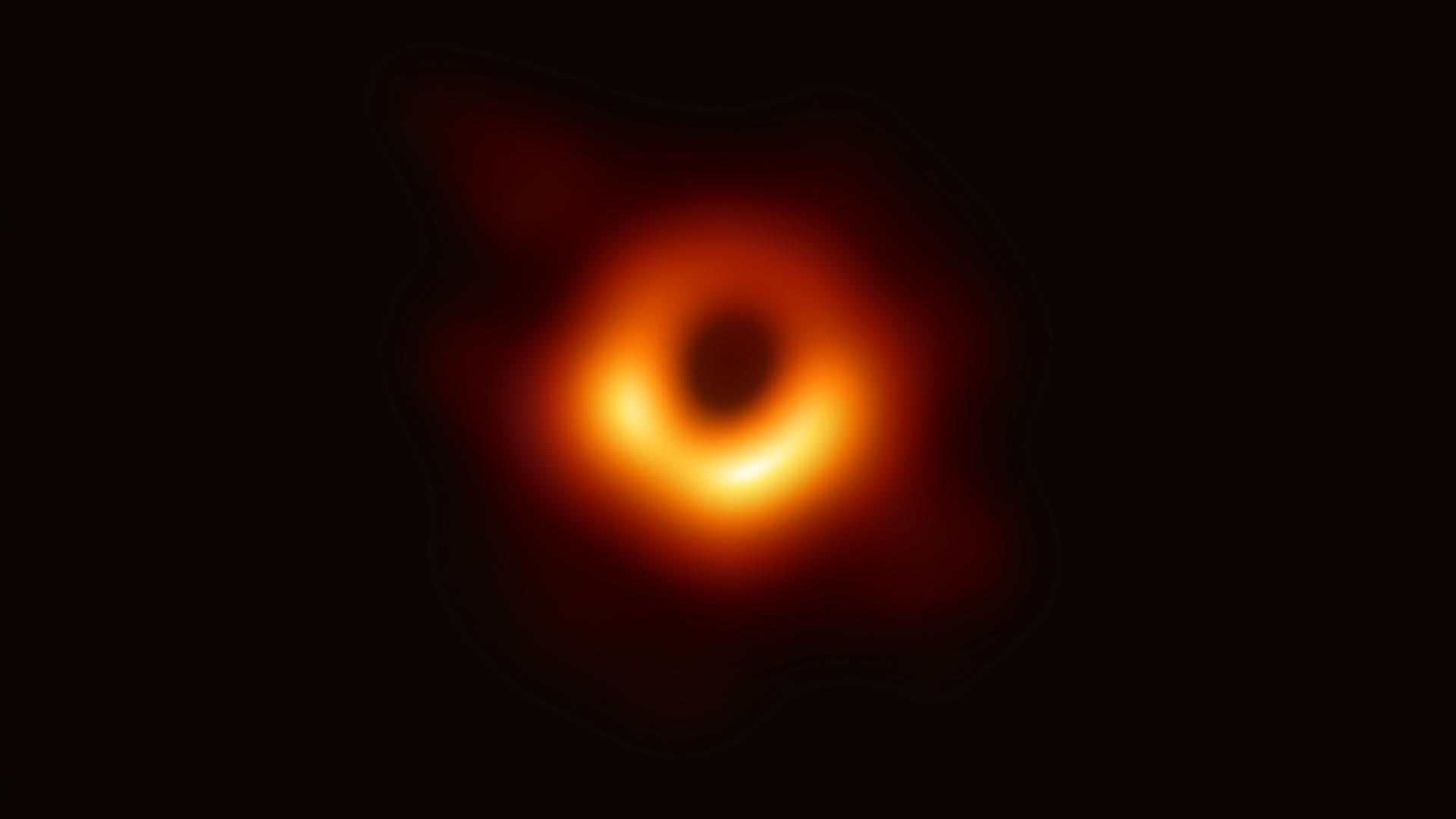Avery Broderick talks about the latest Event Horizon Telescope work!
When
the
first
picture
of
a
black
hole,
a
gravitational
well
from
which
no
light
can
escape,
was
unveiled
last
year,
it
was
a
stunning
technological
feat.

Yet
the
culmination
of
all
that
work
was
just
the
beginning.
Since
then,
the
collaboration
has
been
moving
from
black
hole
portraiture
to
black
hole
cinema.
In
the
most
recent
work,
scientists
used
the
older,
archival
data
sets
from
observations
of
M87*
that
date
all
the
way
back
to
2009,
when
there
were
only
three
telescope
sites
in
the
collaboration.
From
that
older
data,
combined
with
what
they
learned
from
the
more
recent
observations,
scientists
constructed
a
moving
image
showing
the
“wobble”
in
the
orientation
of
the
bright
crescent
ring
of
plasma
around
M87*
They
are
seeing
the
changes
over
time
as
the
plasma
is
pushed
and
pulled
by
magnetic
and
gravitational
forces
in
an
extremely
turbulent
environment.
The work was published in The Astrophysical Journal in September.
We recently interviewed Avery Broderick, a professor at the University of Waterloo and an associate faculty member at Perimeter Institute for Theoretical Physics who has been a member of the EHT collaboration from the very beginning, about the latest work and what is in store for the future:
Q: How is your team at Waterloo involved in the most recent work to show the wobble?

Another way of saying it is that our job is to bring the actual detailed observables of the Event Horizon Telescope into direct contact with the science questions that drove its construction.
Towards that end, we've developed a large amount of software, we've developed a large number of models that facilitate this comparison, and then we execute them.
This wobble paper, was enabled by that process. Once we develop the software, we shared it with the collaboration. Members of the collaboration then got the idea to go and build out this set of analyses of this prior data given what we know now. We're very pleased that they're using the tools we’ve built here in Waterloo and we're very proud that it has succeeded so widely,
A key feature of this toolkit is careful error estimation. It is especially important to be able to assess how well we can make quantitative statements about the size and orientation of the bright ring in this context. This allows us to extract cutting edge science even when our data volume is very small and our data is incomplete. The software tools, the analysis tools we developed, are really enabling technologies for this kind of historical inspection where the data quality is poor.
Q: Was this wobble a surprise? Was it what you expected?
See the answer to this question, and many more in the full story!